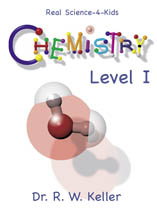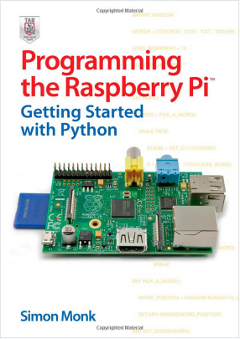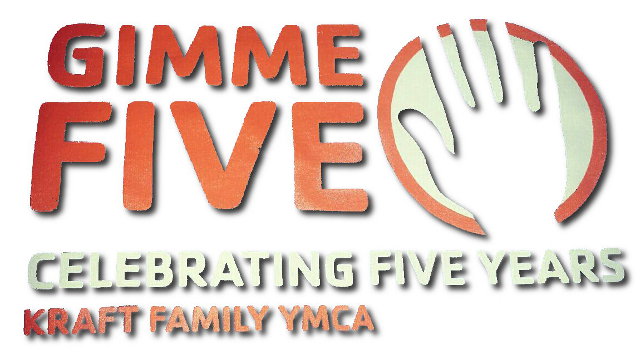Day 616 of 1000
This is the second in a series of articles about why we used Sonlight Curricula in our homeschool. Here is a page that holds an introduction to the series and links to the other posts in the series. We bought core packages for what would be third through tenth grades in a traditional school. Kelly used the program from fifth through tenth grade. Christian used the program from third through eighth grade. This series mostly describes what we did for all the subject areas except math, music, and art. I have already written pretty extensively on this blog about what we did for math and plan to do a future series on our art art program. We bought most, but not all of our core materials from Sonlight and followed their curriculum guides with a fair amount of rigor. Like most other homeschoolers, we deviated in minor ways where we saw fit.
[Previous post]
[Next post]
There were six main reasons we chose Sonlight rather than the many other available homeschool curricula. They were the following:
- The quality and number of the books
- The coordinated curricula for Literature and History
- The choice of Math options
- The very helpful and comprehensize instructor guides
- Sonlight’s very helpful web page on Reasons NOT to Buy Sonlight
- The price
This post is about why we chose Sonlight before we knew much about it other than what we read on forums and Sonlight’s on web pages. We will address how we felt about the curricula after we had used it for awhile in later posts, so will confine the discussion in this post to the six items we felt justified the original purchase of two sets of Sonlight for third and fifth grade. You will notice that I have left some pretty important elements of a well-rounded curricula out of my list, things like science, art, and music. That will become more clear in future posts on science and the arts.
 Books and reading were important elements of our family life from the time our children were old enough to understand. We easily spent an hour a day reading books such as the Homer Price, Henry Reed, and Laura Ingalls Wilder series. I do not think that is uncommon among families who value education (not just homeschool families). The fact that Sonlight’s curricula were so strongly based in the reading of great literature and history was what made their programs so attractive to us. We recognized a lot of the books in the curriculum lists, but there were a lot we did not recognize. Some of the ones we did not recognize had great reviews.
Books and reading were important elements of our family life from the time our children were old enough to understand. We easily spent an hour a day reading books such as the Homer Price, Henry Reed, and Laura Ingalls Wilder series. I do not think that is uncommon among families who value education (not just homeschool families). The fact that Sonlight’s curricula were so strongly based in the reading of great literature and history was what made their programs so attractive to us. We recognized a lot of the books in the curriculum lists, but there were a lot we did not recognize. Some of the ones we did not recognize had great reviews.
This reason was entirely vindicated with one of the earliest books we read aloud together, The Witch of Blackbird Pond. For the most part, there were enough books with each program that the kids had plenty to fulfill their reading addiction. We added a book or two not in the program on a fairly regular basis, but the Sonlight books formed the core of our reading material. We had a few quibbles after that, but on the whole, the quality and quantity of the literature books remained a constant during all six years we used Sonlight curricula with the exception of the abysmal Joy Hakim History series,
We loved that the Literature and History were coordinated. It just made sense. The first history book read aloud together was The Landmark History of the American People Volume I. It was an amazing history book, particularly well suited for the age of the children for which it was selected. We could hardly wait to get to Volume II. We did not know the History and Literature fit so well together at the time we bought the program the first time, but we quickly saw the excellent way those programs had been put together for the early years. Of course that fell apart when we got to the Joy Hakim series.
Math is also a big deal for our family. Before we looked at the Sonlight curricula, we investigated math curricula. We decided we liked Singapore Math for third and fifth grades. Sonlight carried Singapore and they also carried Saxon Math, our second choice. Sonlight chose to provide other math programs rather than develop their own. I think that was a wise decision. Their strength seems to be in Reading, Writing, History, and Literature. There are a lot of good math programs and Sonlight provides a choice. I checked around for pricing and we ended up buying our math curricula from Sonlight because they had great pricing. I have written about math curricula previously, but plan to do an additional series on our entire math trajectory as our kids both ended up in Math oriented degrees in college.
When we started back into homeschool with children in third and fifth grades, we wanted to assure we covered all the basic. We did not want our children to get behind their government and private school peers. We quickly found that was the last thing we needed to worry about. Still, the fact that Sonlight had extensive, easy to follow, day-by-day, study guides that gave us confidence we were covering everything they needed for a well-rounded, academically acceptable education was a huge help in allaying these fears. As we got more experience over the years, we changed things around a lot to meet the needs of our kids, but we always started with the instructor guides as a base around which to form our daily study plans.
How we taught our kids exactly why we believe what we believe was an important consideration in choosing curricula. Sonlight has a page on their site titled Reason’s NOT to Buy Sonlight that addresses their philosophy in this area quite well. Our entire school program was informed by our Christianity. That being said, we wanted our children to know as much as possible about different types of religions, non-religion, and even different types of Christianity. I think Sonlight has tried to strike a balance between their obvious Christian beliefs and the need to introduce children to the non-Christian reality of much of the world. In addition, some of the values represented in the books in the program written from a Christian worldview, did not really match too closely with our view of Christianity. Nevertheless, Sonlight was very upfront about this and, I believe very thoughtful in how they had put their program together. There were no suprises and we wanted our children to learn about differing Christian worldviews as well as non-Christian worldviews. Sonlight did a good job of presenting them all.
Our final issue was the cost of the program. When we decided to homeschool, we decided to, within our means, spend whatever it took to educate our children. Sonlight was a very big purchase decision for us. It was not as much as a car or a house, but, in terms of our means at the time, it was very expensive. In terms of the value of the packages with respect to other programs and the level of education our children received, we believe it was absolutely stellar. We do not think we could have gotten a better value anywhere else, especially considering how much planning time is required when a program does not have such good planning guides. That is why we have recommended it so highly inspite of a some minor quibbles and one or two major quibbles.


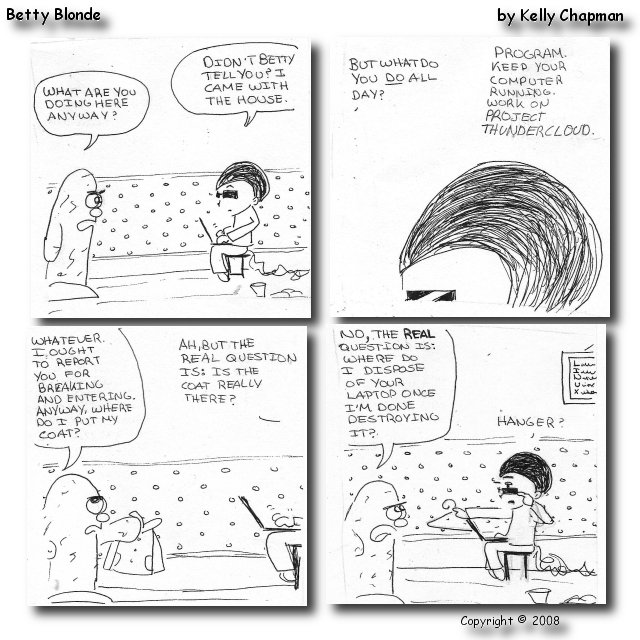

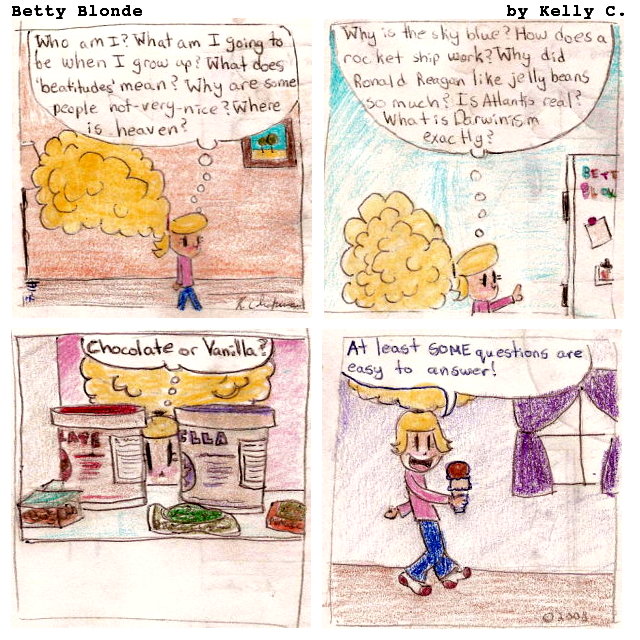

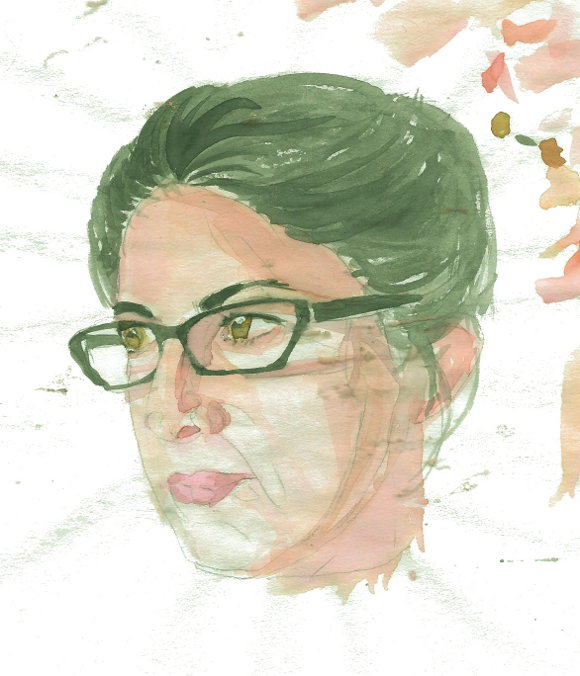

 I received mixed reviews from my family on my
I received mixed reviews from my family on my 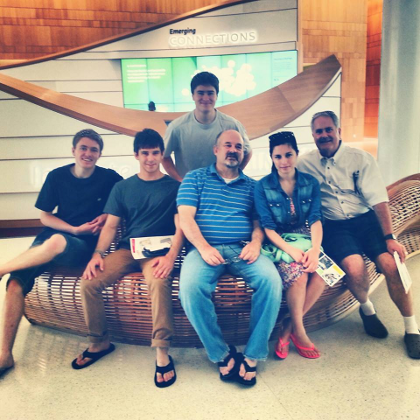 Kelly came back from her internship at the Johns Hopkins University-Applied Physics Laboratory just in time for a visit from the Larsons. They are dear homeschooling friends from Texas. Age-wise, the twin boys fall right between Christian and Kelly. That have gotten along famously since late elementary school. We spent a great weekend with them visiting the NCSU Hill Library and the North Carolina Museum or Art, playing games, talking, playing music, going to church, and generally just hanging out together. The Larson’s are great musicians–voice, violin/fiddle, accordian, piano–really they are amazing.
Kelly came back from her internship at the Johns Hopkins University-Applied Physics Laboratory just in time for a visit from the Larsons. They are dear homeschooling friends from Texas. Age-wise, the twin boys fall right between Christian and Kelly. That have gotten along famously since late elementary school. We spent a great weekend with them visiting the NCSU Hill Library and the North Carolina Museum or Art, playing games, talking, playing music, going to church, and generally just hanging out together. The Larson’s are great musicians–voice, violin/fiddle, accordian, piano–really they are amazing.

